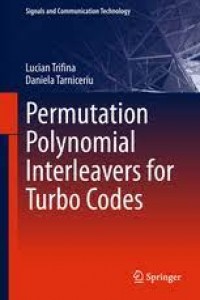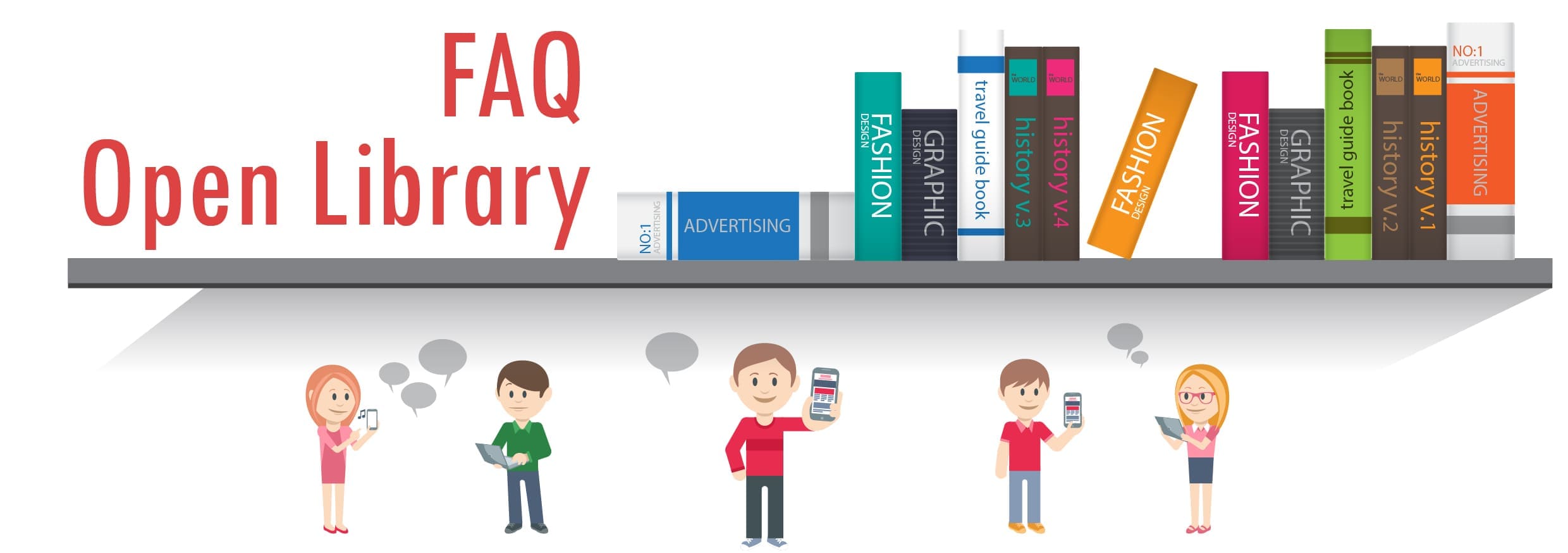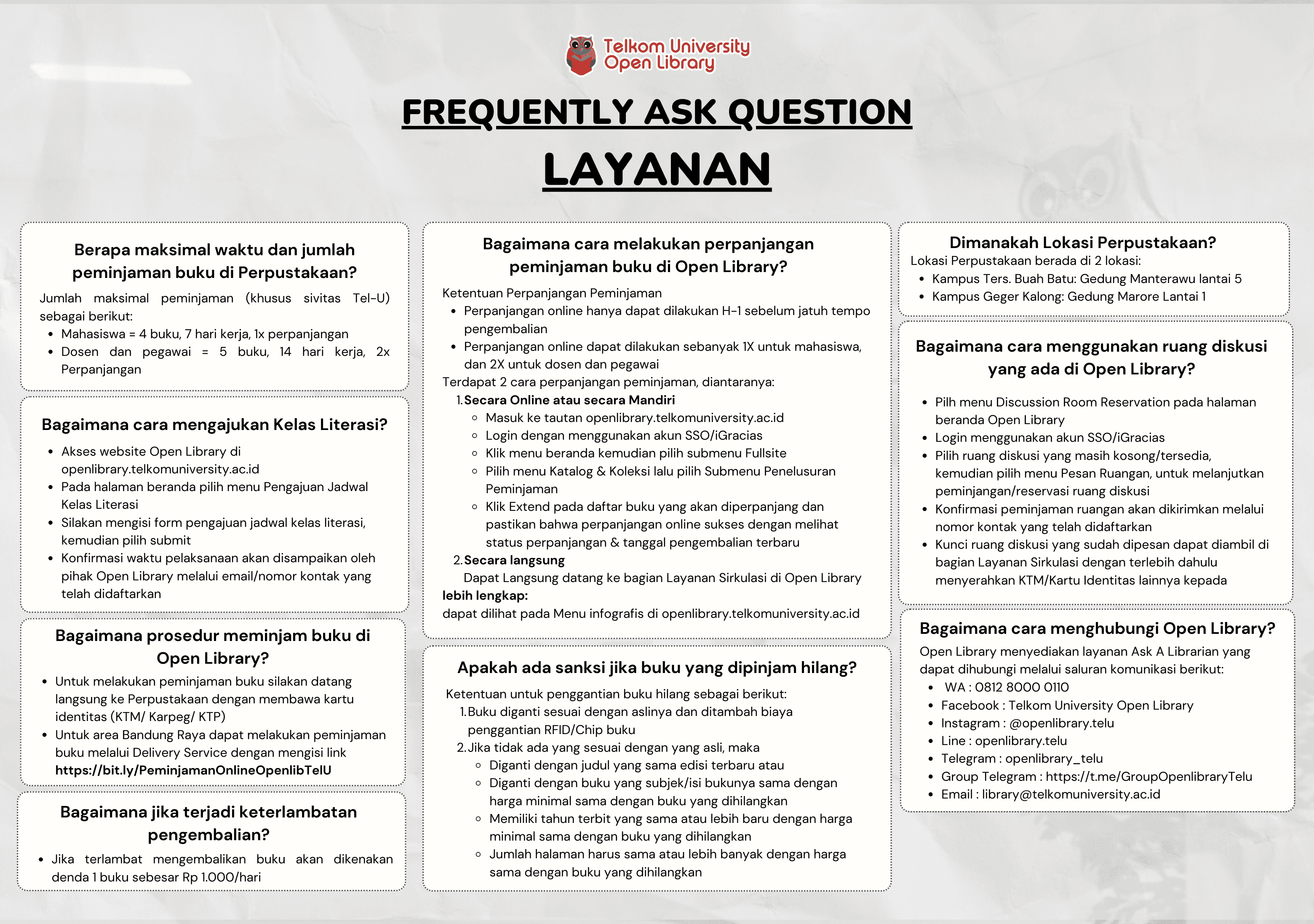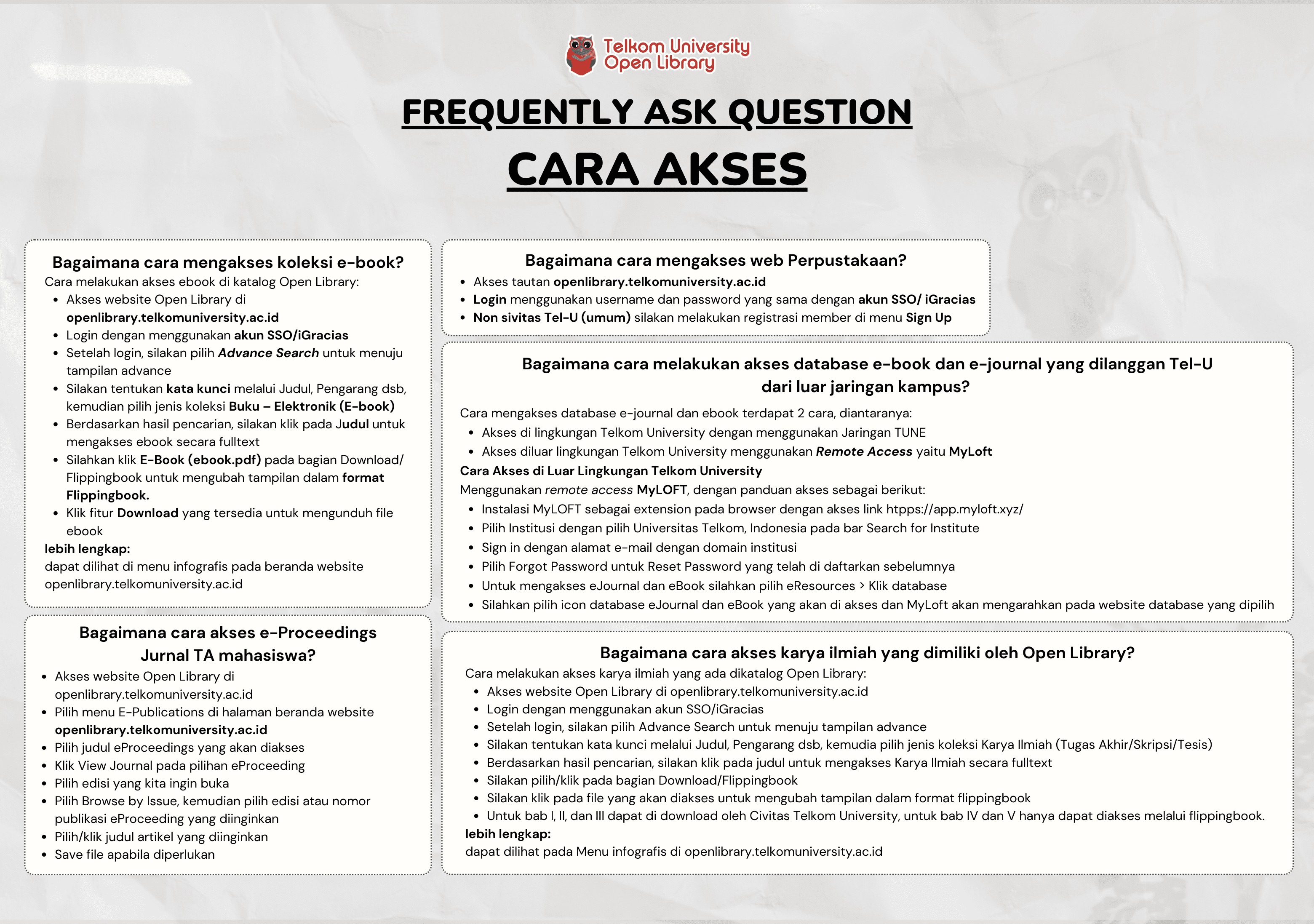Permutation Polynomial Interleavers for Turbo Codes
Lucian Trifina, Daniela Tarniceriu

Informasi Umum
Kode
21.21.1211
Klasifikasi
621.382 - Communications engineering, Analog, Digital, Electronic communications, Telecommunications, Digital data and telecommunications engineering
Jenis
Buku - Elektronik (E-Book)
Subjek
Communication Engineering, Signal,
No. Rak
Dilihat
92 kali
Informasi Lainnya
Abstraksi
The core concept of turbo codes is based on two main elements: parallel concatenated encoding of two or more recursive convolutional codes with one or more interleavers and the iterative decoding at reception. Iterative decoding is suboptimal, but it has a reasonable complexity for practical implementation and leads to very good performance. In (Berrou et al. 1993), the performance achieved by a turbo code with the information block length of 65536 bits and 18 iterations of turbo decoding was 0.5 dB far from the Shannon limit, which was an outstanding result.
The crucial component of turbo codes is the interleaver, a device that interlaces a block of symbols. The interleaver role in decoding is to decorrelate the inputs in the component decoders of the turbo decoder, which proves essential for turbo code suboptimal decoding. During encoding, the interleaver combines the low weight code words provided by a component encoder with those of high weight provided by the other component encoder, so that the codeword from the turbo encoder output has an overall large weight.
Koleksi & Sirkulasi
Tersedia 1 dari total 1 Koleksi
Anda harus log in untuk mengakses flippingbook
Pengarang
| Nama | Lucian Trifina, Daniela Tarniceriu |
| Jenis | Perorangan |
| Penyunting | |
| Penerjemah |
Penerbit
| Nama | Springer |
| Kota | Singapore |
| Tahun | 2019 |
Sirkulasi
| Harga sewa | IDR 0,00 |
| Denda harian | IDR 0,00 |
| Jenis | Non-Sirkulasi |




















